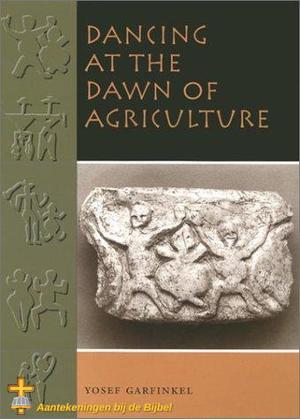
welke resulteren in allerlei aantekeningen.

As the nomadic hunters and gatherers of the ancient Near East turned to agriculture for their livelihood and settled into villages, religious ceremonies involving dancing became their primary means for bonding individuals into communities and households into villages. So important was dance that scenes of dancing are among the oldest and most persistent themes in Near Eastern prehistoric art, and these depictions of dance accompanied the spread of agriculture into surrounding regions of Europe and Africa. In this pathfinding book, Yosef Garfinkel analyzes depictions of dancing found on archaeological objects from the Near East, southeastern Europe, and Egypt to offer the first comprehensive look at the role of dance in these Neolithic (7000-4000 BC) societies. In the first part of the book, Garfinkel examines the structure of dance, its functional roles in the community (with comparisons to dance in modern pre-state societies), and its cognitive, or symbolic, aspects. This analysis leads him to assert that scenes of dancing depict real community rituals linked to the agricultural cycle and that dance was essential for maintaining these calendrical rituals and passing them on to succeeding generations. In the concluding section of the book, Garfinkel presents and discusses the extensive archaeological data-some 400 depictions of dance-on which his study is based.
| Titel | Dancing at the Dawn of Agriculture |
| Auteur | Yosef Garfinkel |
| Uitgever | University Of Texas Press |
| Jaar Verschenen | 2003 |
| Taal | en |
| Pagina's | pp. 346 |
| ISBN13 | 9780292728455 |
| Onderwerp | Landbouw |

Zie de huisregels welk commentaar wordt opgenomen!